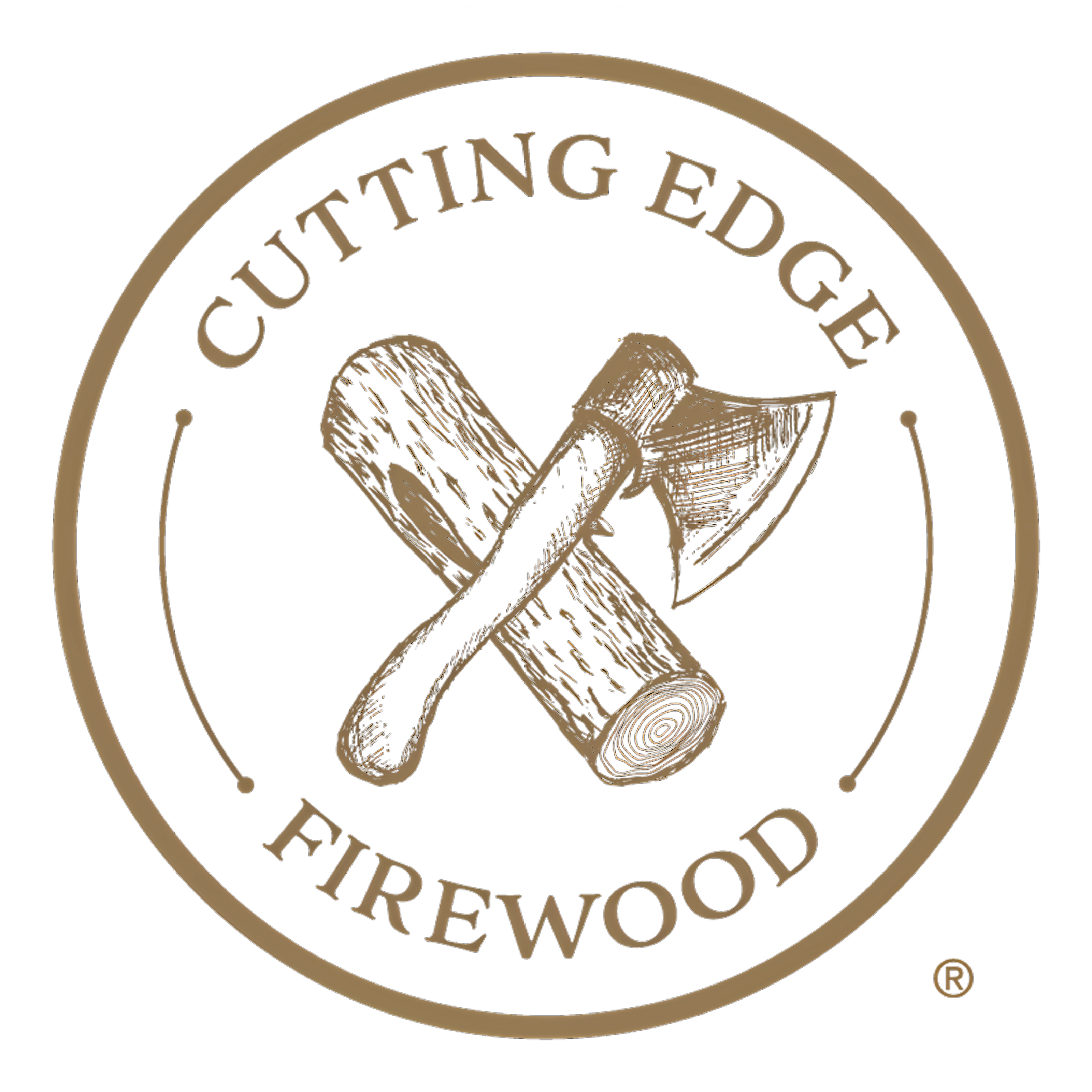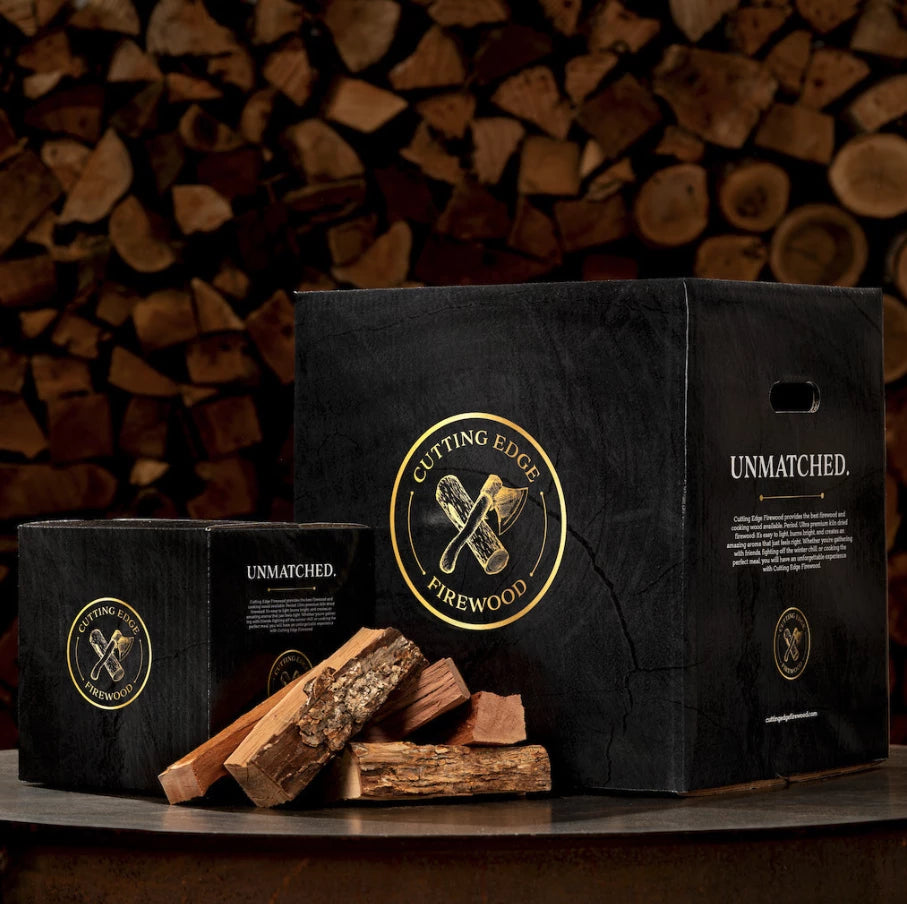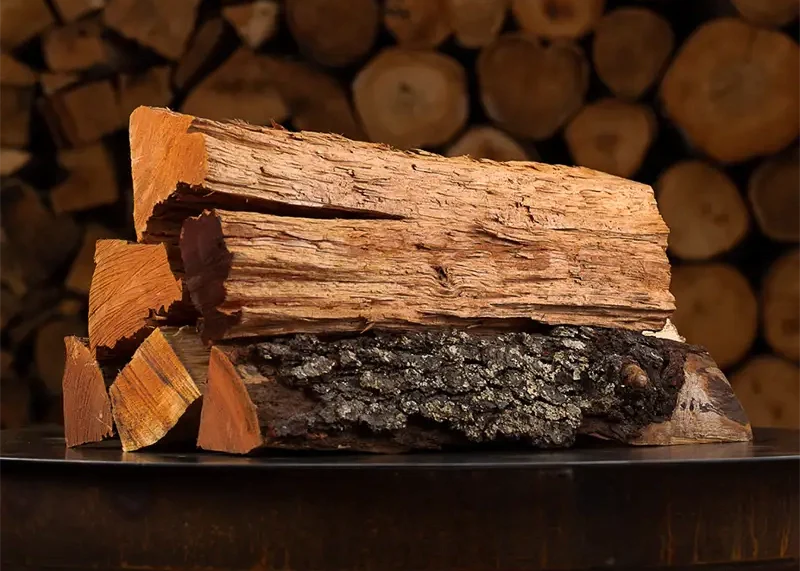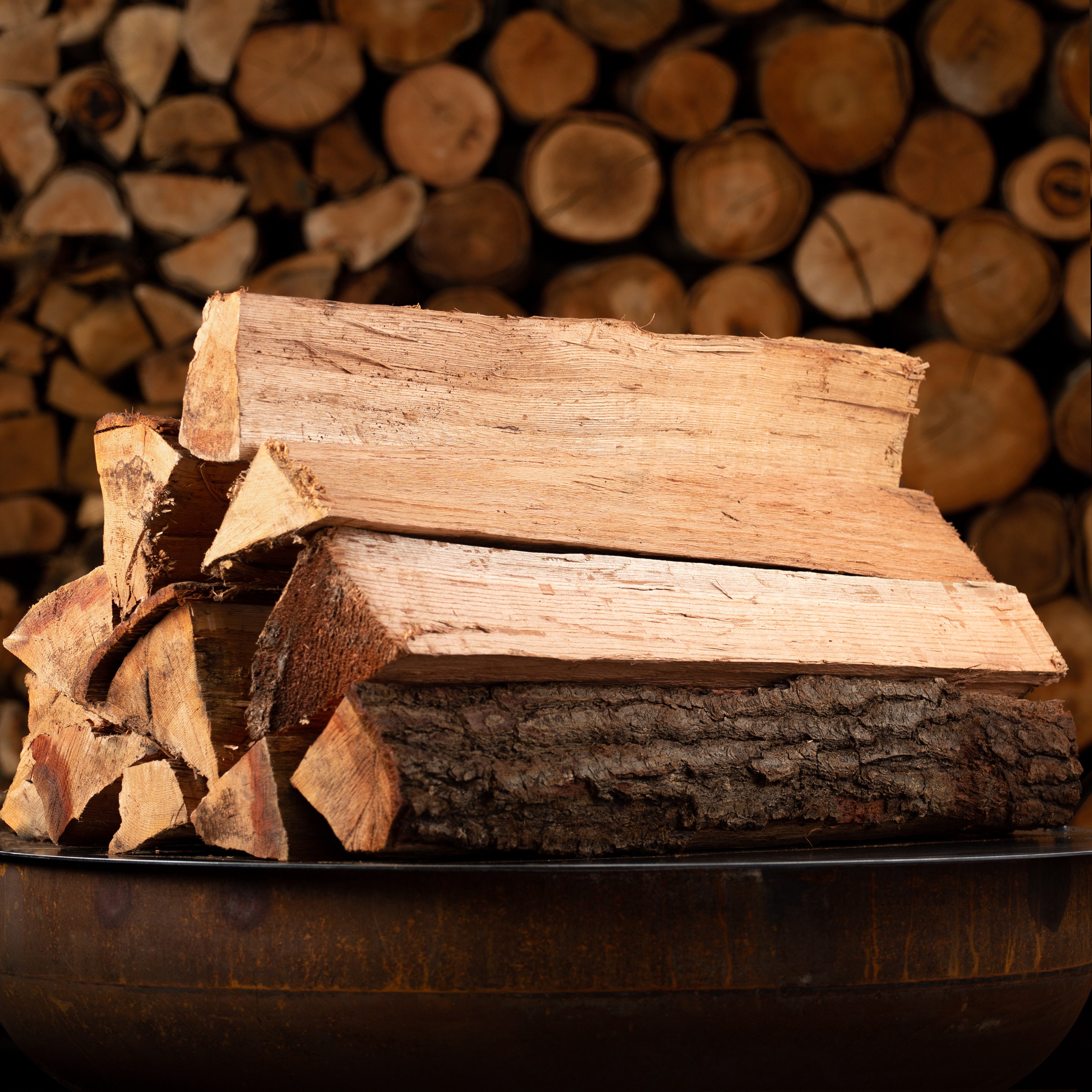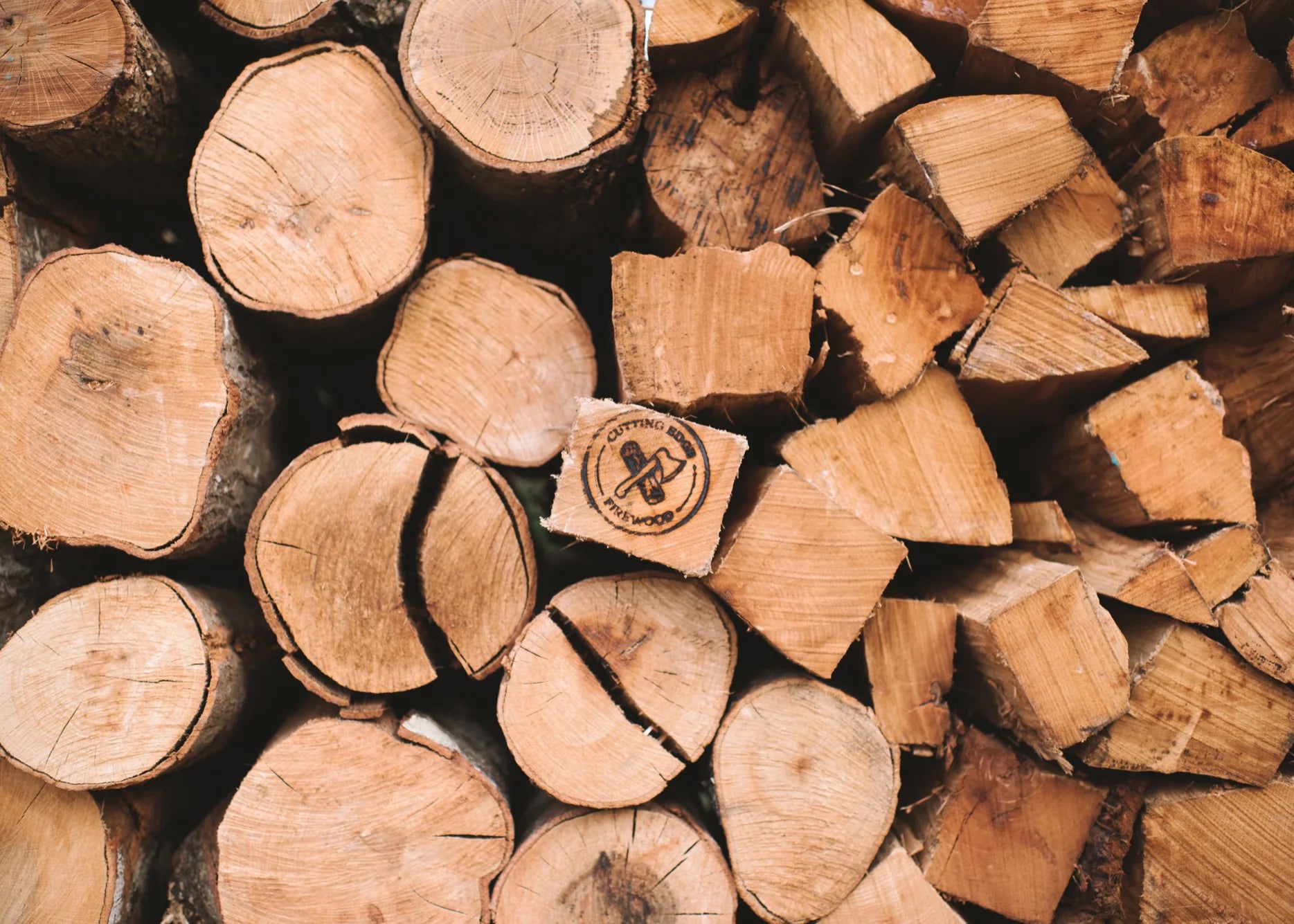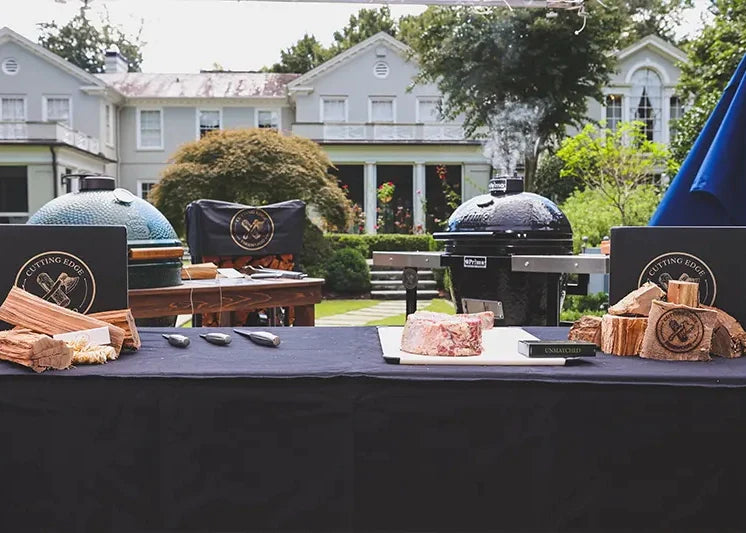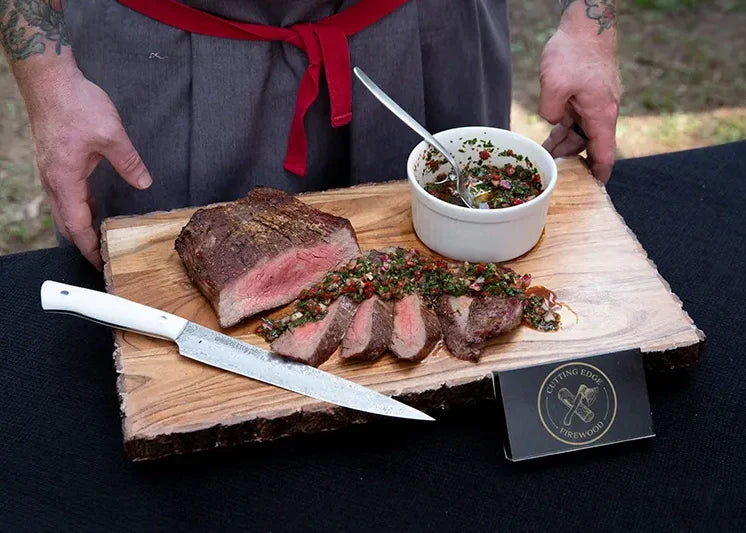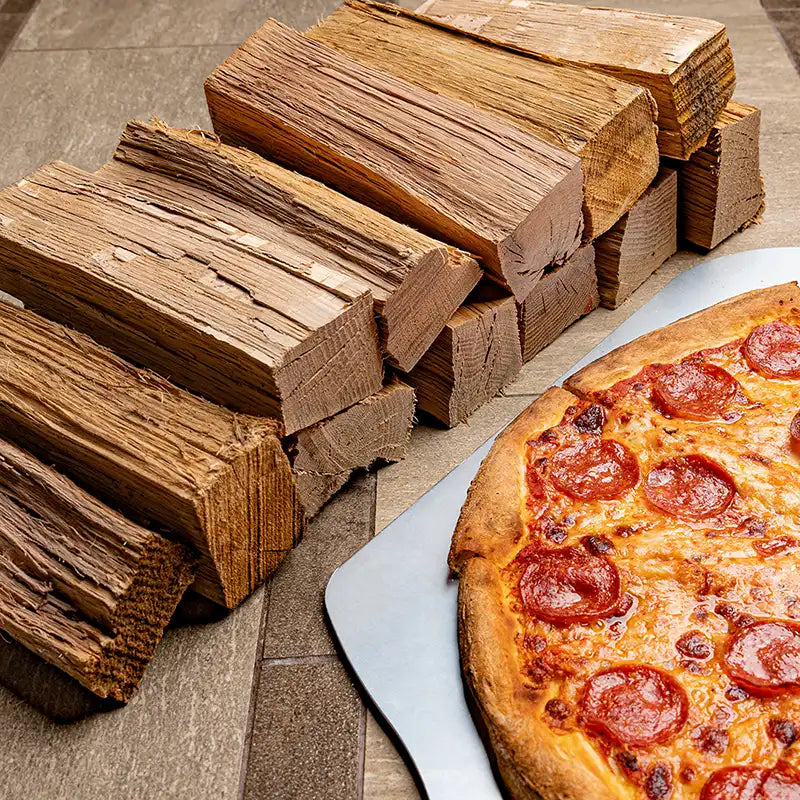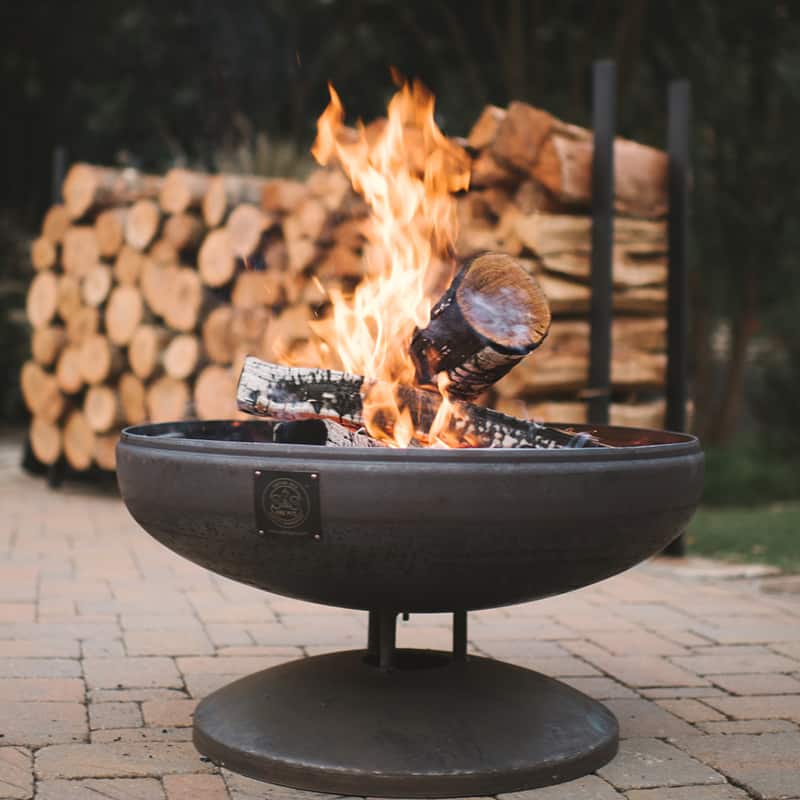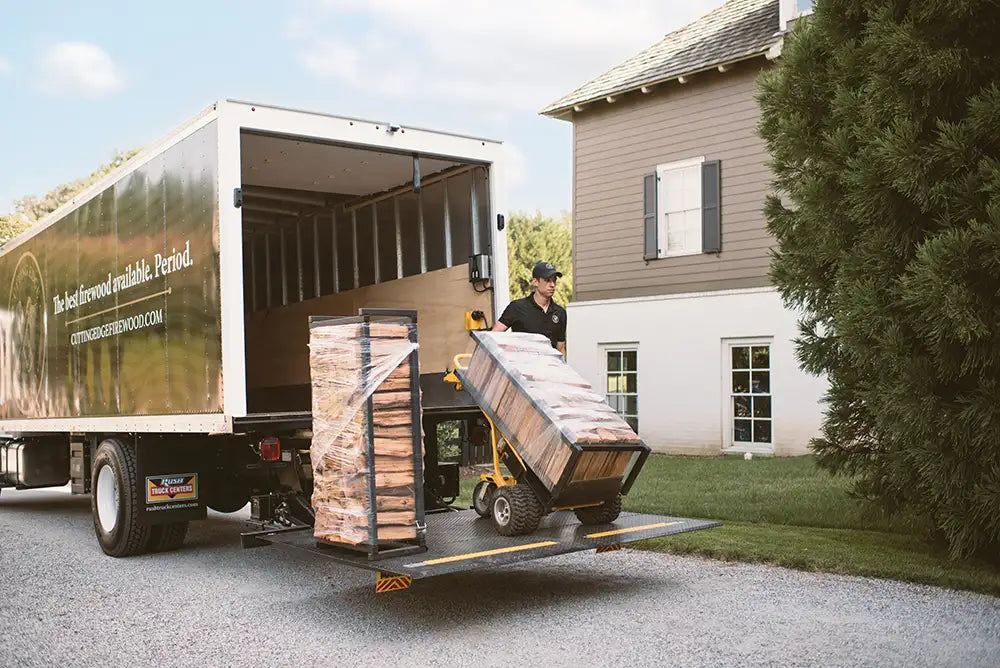High-quality, gourmet pizza is more accessible than ever thanks to the wide range of portable pizza ovens you can buy for your home. You don’t have to be a chef to make restaurant-quality pizzas for your family and friends, but you do need the right equipment to get the job done. The task can seem daunting, especially if you have previously tried unsuccessfully to make your own wood-fired pizzas. Read on to learn some tips and tricks to ensure you get the perfect pizza, every time.
What should I use to heat my oven?
What’s great about portable pizza ovens like this one is that they can run off of multiple fuel sources: charcoal, gas, or wood. Not all fuels are created equal though, and each has its own pros and cons; if you want an authentic pizza experience, go for pizza wood.
The type of wood you use is actually important for the consistency of your finished pizza; softwoods like pine or spruce won’t burn hot enough and can leave behind a lot of extra soot that can impact the flavor of your pizza, in addition to creating a mushy or dense crust. Hardwoods like oak will burn hotter, speeding up cook time and helping you get those nice charred areas and bubbles on the crust. Make sure your pizza wood is cut to the size of your pizza oven as regular bonfire cut wood may be too large.
How long should I preheat the oven?
Traditional wood-fired pizza ovens can take several hours to pre-heat, but smaller, portable ones like the Ooni can get up to temp in less time, depending on the fuel source. It’s best to err on the side of caution and set aside at least an hour or two to build your wood fire and let it really get going. How fast your fire will heat up will depend on a few factors like the weather, the type of wood, and moisture and oxygen levels inside the oven. Keeping the door cracked while the fire heats up and dooring cooking ensures adequate oxygen can get to the flames. Additionally, using your pizza oven frequently ensures moisture doesn’t build up excessively inside the oven.
Begin by building your fire in the center of the oven, but know that you will need to push the embers to the back about 20 minutes before adding your dough. Light the woodpile from the top down, so that the smaller pieces of kindling on top can burn and catch the larger logs on the bottom.
What temperature should I cook my pizza at?
You want the oven to be ripping hot before you add the crust; we’re talking around 800+degrees Fahrenheit. Again, this is why using the right kind of wood is essential because softwoods can’t produce the same high temperatures as hardwoods can. Once your oven is up to temp, adding a log every 30 minutes or so should keep the temperature fairly consistent.
The temperature of the pizza oven determines what type of crust you will get. If you’re looking for a classic Neapolitan style that is light, bubbly and has those charred spots (sometimes called leopard-crust) then the upper range of 800-900 degrees is where you’ll want to cook the dough. Hot temperatures like this will give you a cooked pizza in approximately 90 seconds. As you decrease the temperature of the oven, the dough becomes less fluffy and chewier, with a consistency similar to ciabatta bread, and will cook in around 4 minutes. The temperature range for this type of crust is anywhere between 450 and 600 degrees. Note that the oven is hottest in the dome part, and the temperature of the floor is slightly cooler. Bear this in mind when reading the temperature gauge to determine when to add your pizza.
How do I know the oven is hot enough?
To know if your oven is hot and ready for your pizza, begin by checking the temperature gauge or using an infrared thermometer. If you’re concerned it is too hot, toss in a small handful of flour and watch to make sure it doesn’t catch fire or burn up within 10 seconds. If it does, your oven is too hot and you should let it cool down before you add your pizza. The first pizza to cook on the hot floor will likely cook the fastest and have the most char marks from the high heat; subsequent pizzas will cook more evenly because the floor where the dough has been will be cooler. Feel free to throw in some dough scraps as a starter to get that high-heat cook out of the way.
Hope these tips get you well on your way to making delicious wood-fired pizzas at home. Share your finished products or ask us a question below!
